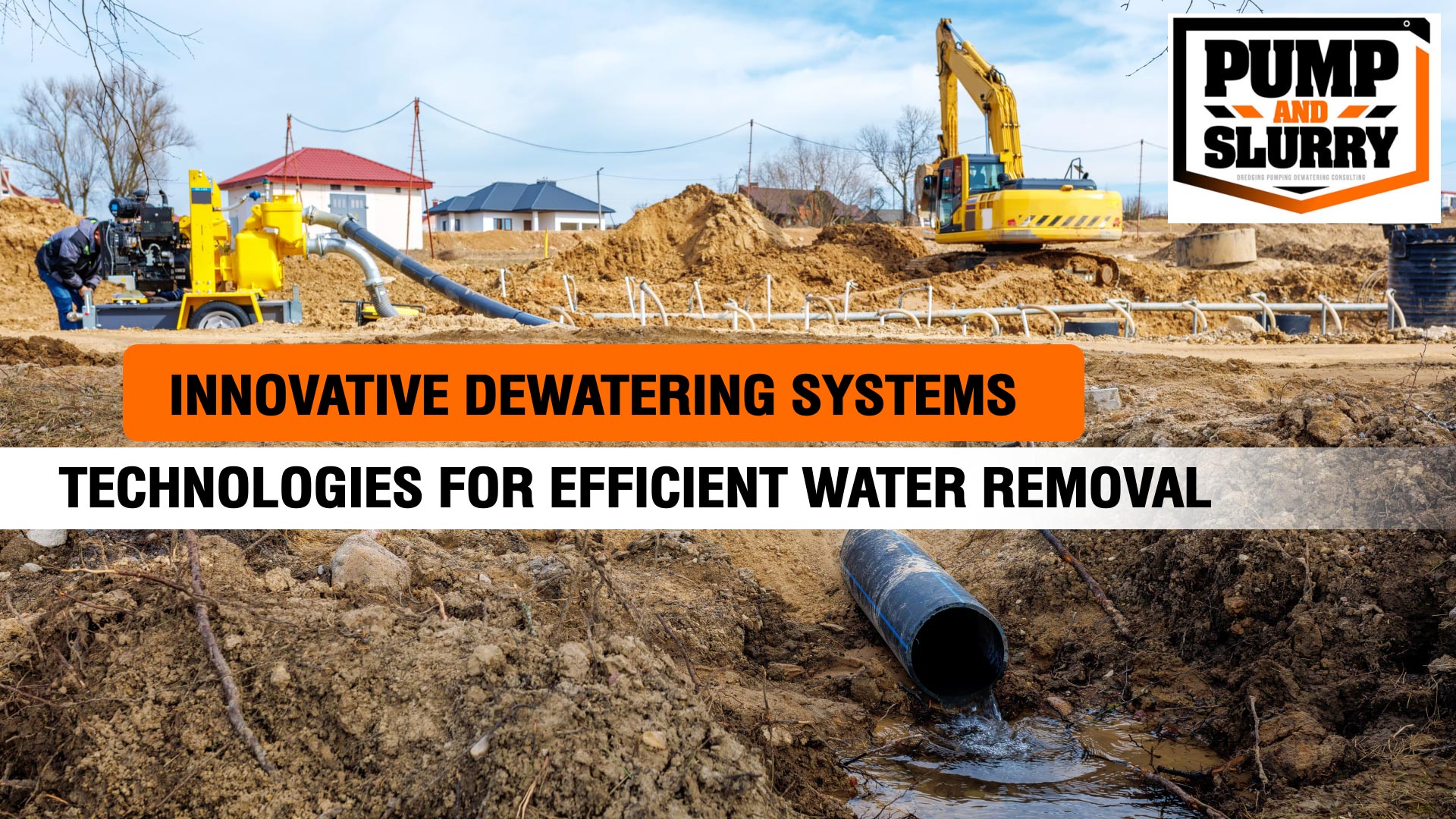
Introduction
Dewatering is a critical process in various industries, including construction, mining, and industrial applications. It involves removing water from soil, sludge, or other materials to facilitate excavation, prevent flooding, and ensure safety and stability in work environments. Without an effective dewatering system, projects can face significant delays, increased costs, and safety hazards. As industries continue to evolve, so do the technologies used in dewatering, making it possible to achieve greater efficiency and reduce operational costs.
This blog explores the latest advancements in dewatering technologies that enhance efficiency and reduce operational costs. By examining both traditional methods and innovative sludge dewatering systems, we aim to provide insights into how modern techniques can improve project outcomes across various industries.
Traditional Dewatering Methods: Limitations and Challenges
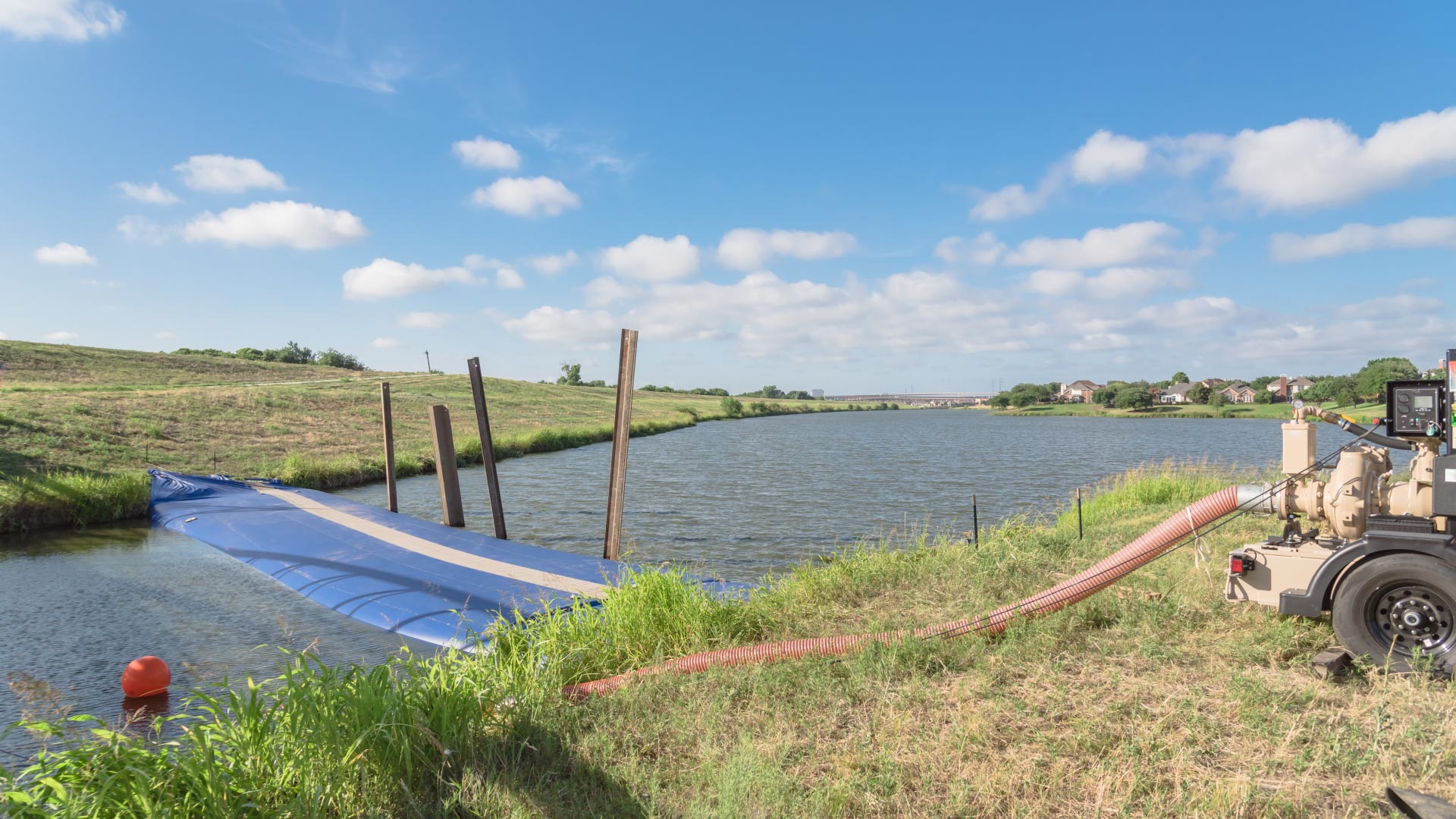
Pump-Based Dewatering
Pump-based dewatering is one of the most common methods used in the industry. Centrifugal and submersible pumps are frequently employed to remove water from construction sites, mining operations, and industrial facilities. While effective, these dewatering pump systems often face challenges such as energy inefficiency and clogging. Centrifugal pumps, for instance, are prone to losing efficiency when dealing with high-solids content, leading to frequent maintenance and operational downtime.
Gravitational Dewatering
Gravitational dewatering relies on the natural force of gravity to separate water from materials. This method is typically used in applications such as sedimentation basins and drying beds. While gravitational dewatering is cost-effective and simple, it has limitations, including slow processing times and significant environmental impact. The process can be time-consuming, especially in large-scale projects, and may require large land areas, making it less practical in urban or confined spaces.
Advancements in Dewatering Technologies
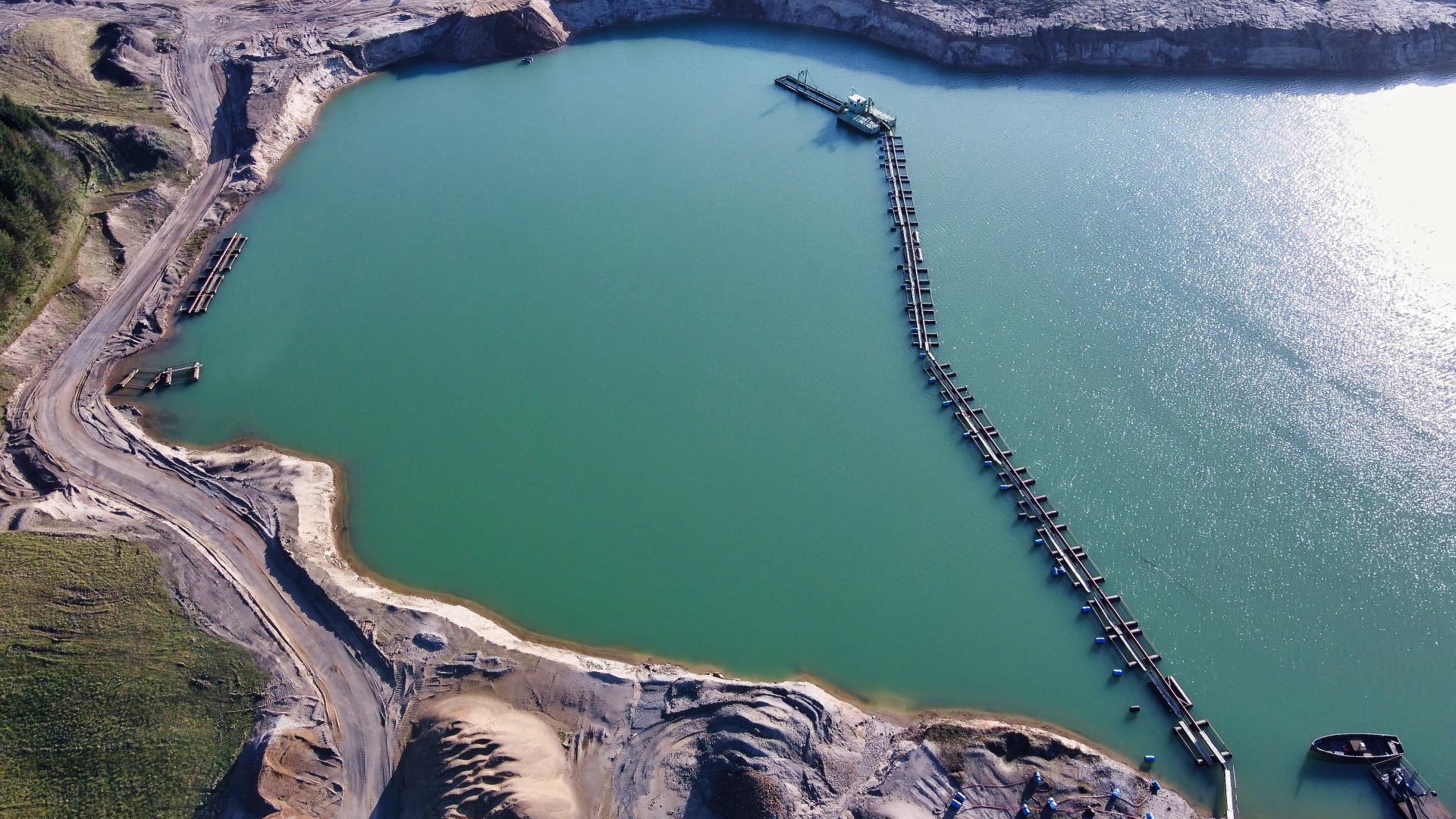
Vacuum-Assisted Dewatering
Geotextile Tubes
Geotextile tubes are an innovative solution for sludge dewatering systems and slurry management. These large, permeable fabric tubes are filled with the material to be dewatered, allowing water to seep through the fabric while retaining the solids. Geotextile tubes are highly effective in managing large volumes of sludge, making them ideal for applications such as wastewater treatment, dredging, and industrial waste management. They offer a cost-effective and environmentally friendly alternative to traditional dewatering methods, with the added benefit of being easy to transport and store.
Electro-Osmosis Dewatering
Integration of Smart Technology in Dewatering Systems
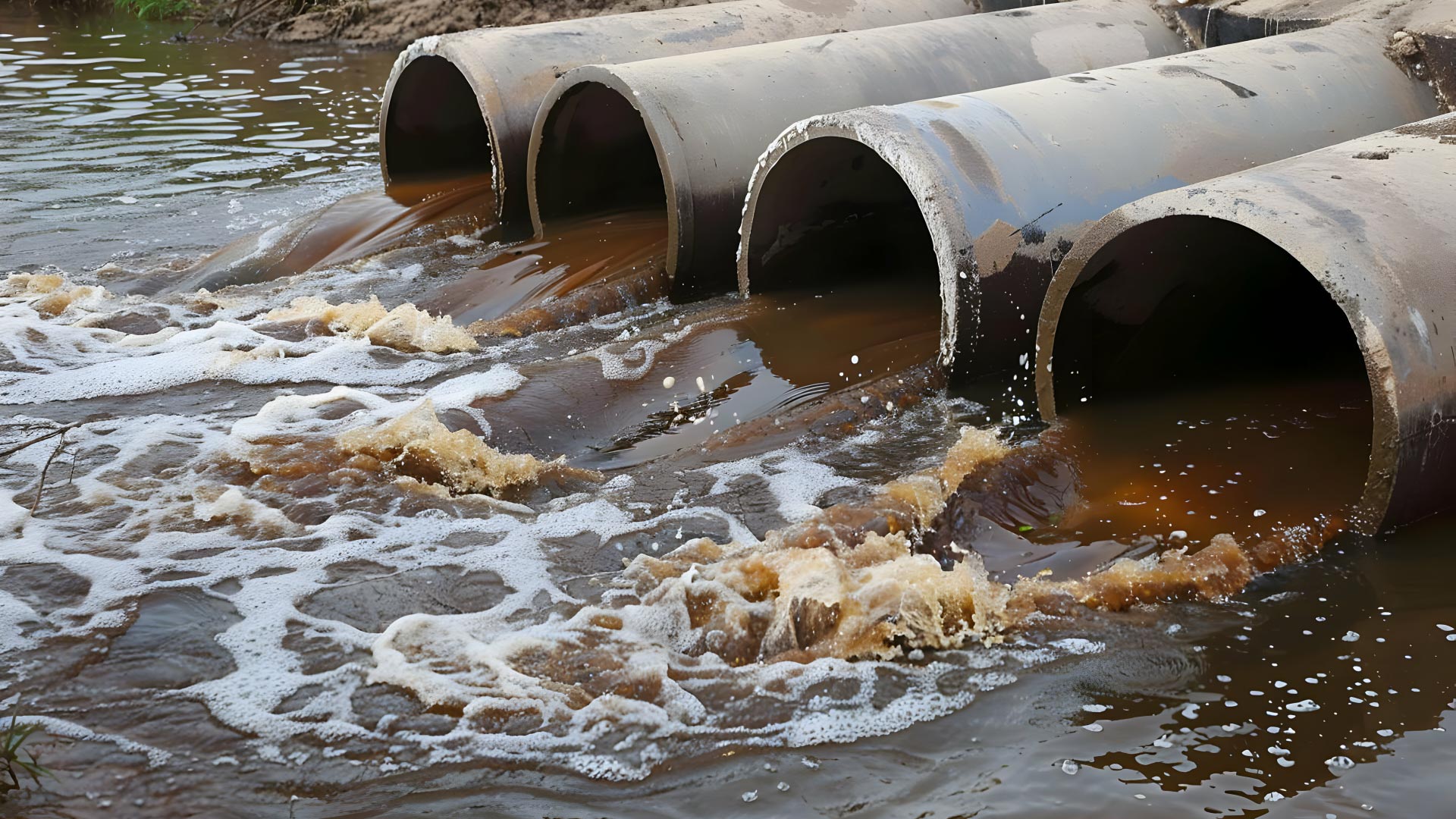
IoT and Automated Control Systems
The integration of smart technology into sludge dewatering systems has revolutionized the way water removal is managed. IoT sensors and automated control systems allow for real-time monitoring of dewatering processes, enabling operators to make data-driven decisions and optimize performance. These technologies can detect changes in water levels, pump efficiency, and material consistency, allowing for immediate adjustments that enhance efficiency and reduce energy consumption. Case studies have shown that the implementation of IoT in dewatering systems can lead to significant cost savings and improved project outcomes.
AI-Powered Predictive Maintenance
Artificial Intelligence (AI) is playing an increasingly important role in predictive maintenance for sludge dewatering systems. AI algorithms can analyze data from sensors and historical performance records to predict when equipment is likely to fail or require maintenance. This proactive approach reduces the risk of unexpected breakdowns, minimizes downtime, and extends the lifespan of dewatering equipment. By optimizing maintenance schedules, AI helps ensure that a dewatering system operates at peak efficiency, further reducing operational costs.
Environmental Considerations in Modern Dewatering Systems
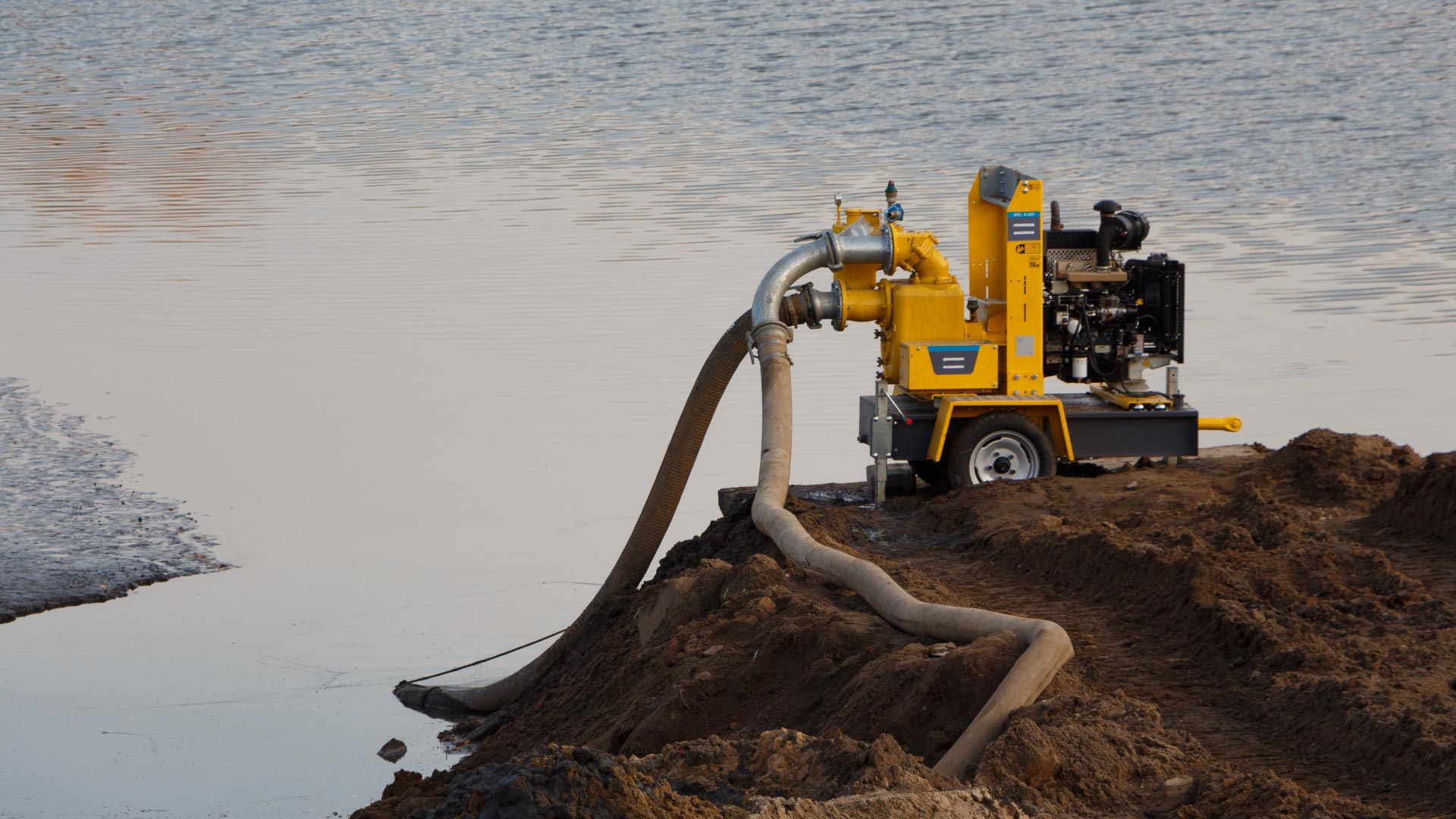
Sustainable Dewatering Practices
As environmental concerns continue to grow, the need for sustainable dewatering practices has become more pressing. Innovative industrial dewatering systems are designed with sustainability in mind, incorporating techniques that minimize environmental impact. For example, some systems focus on recycling and reusing water within the dewatering process, reducing the demand for fresh water and lowering overall water consumption. These practices not only benefit the environment but also contribute to cost savings by reducing the need for water treatment and disposal.
Compliance with Environmental Regulations
Modern sludge dewatering systems must also adhere to stringent environmental regulations to ensure that they do not harm the surrounding ecosystem. Compliance with local and international standards is essential for obtaining permits and avoiding legal penalties. Innovative technologies often include features that help operators monitor and control the environmental impact of dewatering, such as sensors that track water quality and discharge levels. By maintaining compliance, companies can protect their reputation and contribute to the sustainability of their operations.
Conclusion
Innovative sludge dewatering systems offer significant advantages over traditional methods, including enhanced efficiency, reduced operational costs, and minimized environmental impact. Technologies such as vacuum-assisted dewatering, geotextile tubes, and electro-osmosis dewatering provide effective solutions for a wide range of applications. In contrast, the integration of smart technology and AI further enhances system performance.
As industries continue to evolve, adopting advanced industrial dewatering systems is crucial for achieving efficient and sustainable water removal. By staying informed about the latest innovations, companies can optimize their dewatering processes, reduce their environmental footprint, and improve project outcomes.




